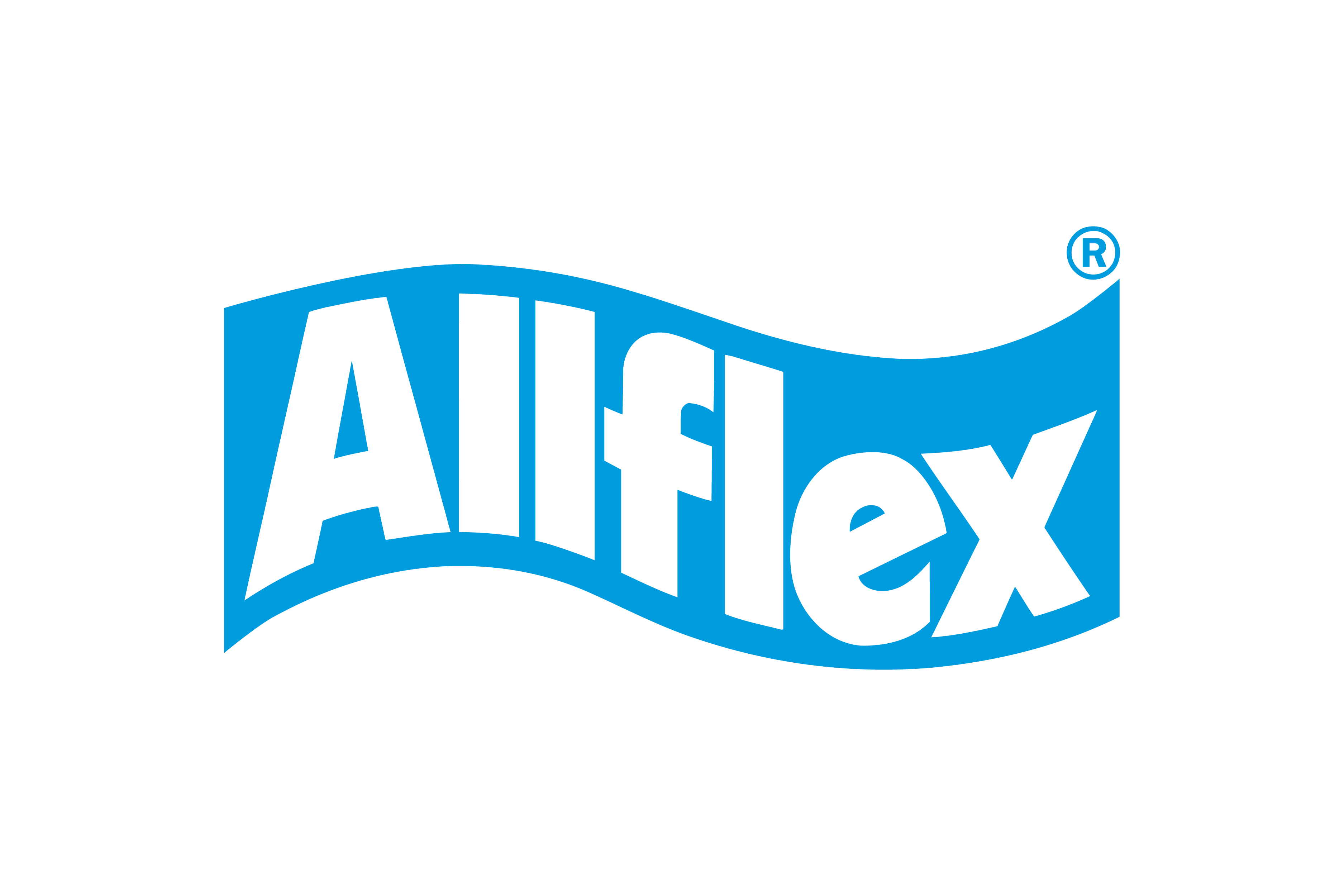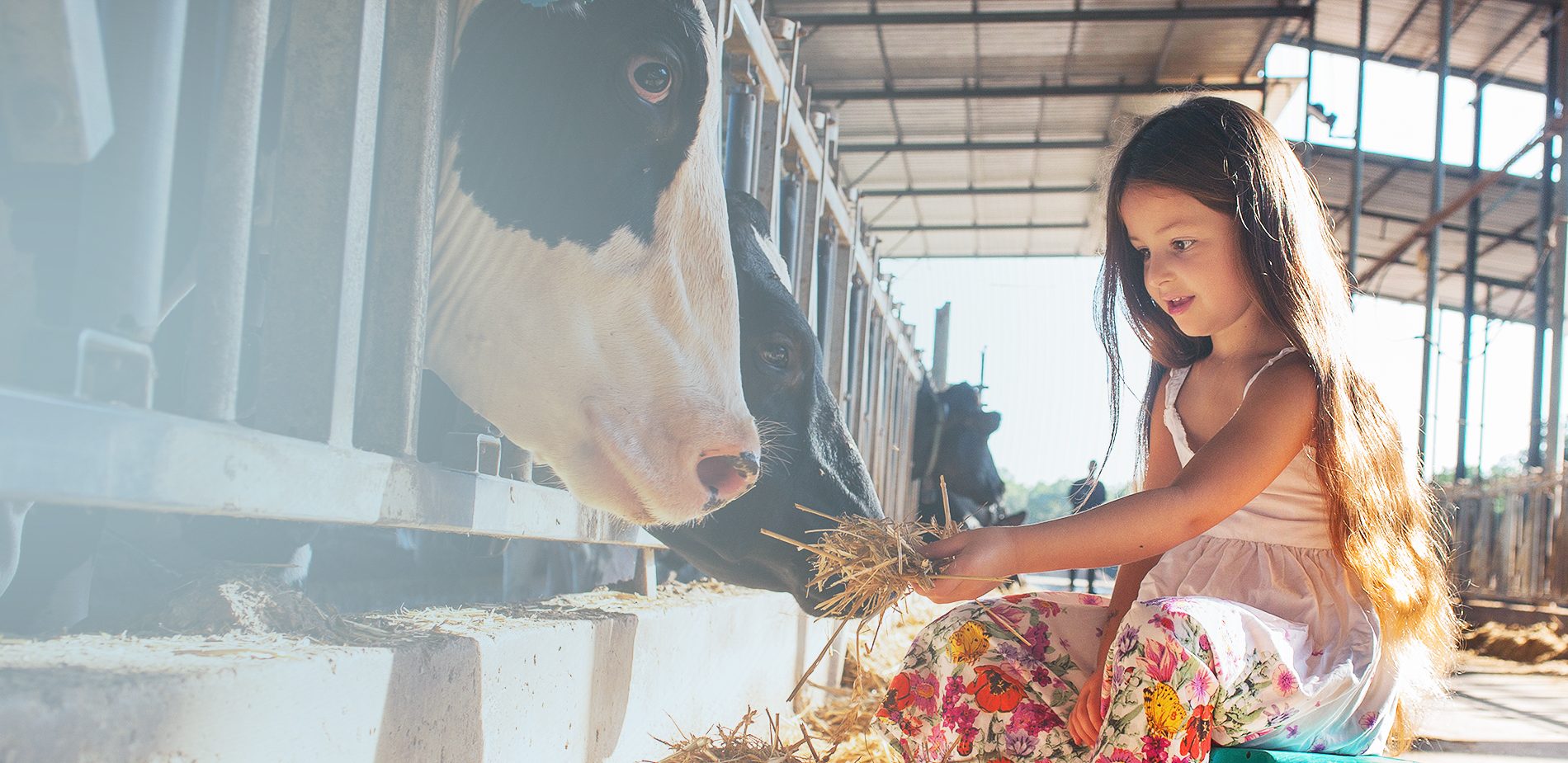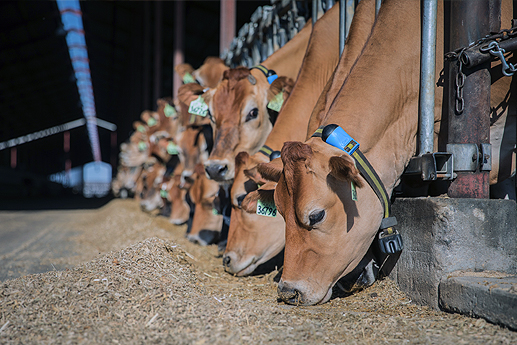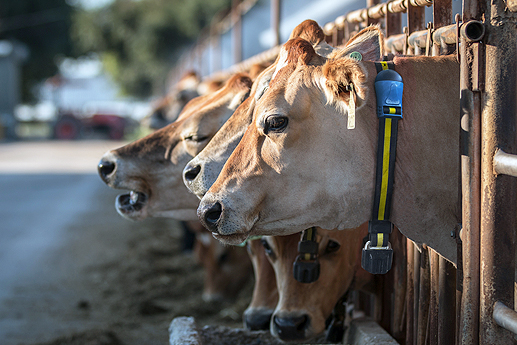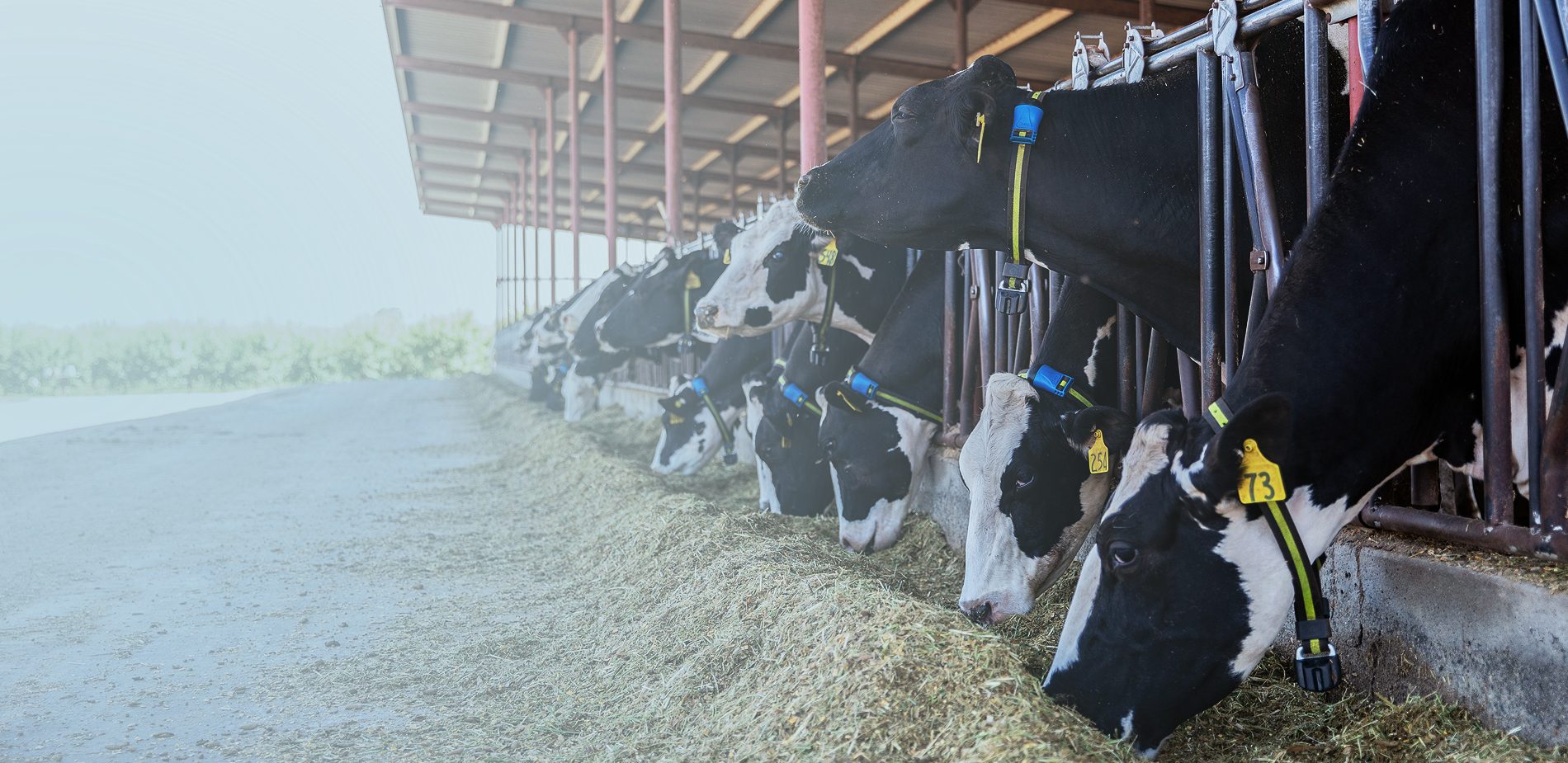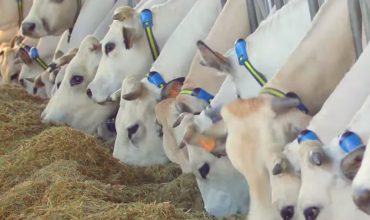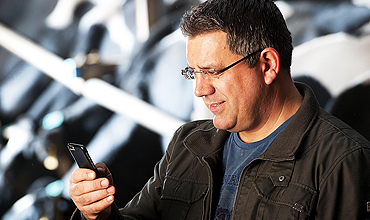An advanced cow monitoring system as the basis for data-based animal welfare
In today’s market where consumers want to feel good about the animal products they consume, trust will ultimately be achieved by complete transparency around animal welfare. A cow monitoring system can provide a great deal of the data needed to get there.
Animal welfare is a hot topic these days. As it should be. Increasingly, people want to make informed choices about the food they eat. And when it comes to beef and dairy products, they want to know their food is coming from healthy, well-treated cows. Most current methods of assessing cattle welfare, however, are surprisingly subjective. Cow monitoring solutions and a lot of collaboration can go a long way, but what else can we do to verify “happy” cows and build trust across the value chain?
Assessing animal welfare
When we talk about animal welfare, there is no clear black and white; and health is only part of the equation. This goes for cows as much as human beings. An animal (or human) can be sick twice a year, and still her overall welfare can be good. The opposite is also true. A cow that has never been sick might not have good welfare.
Also, many different bodies are interested in the animal welfare question from different angles – each with its own interests, incentives, and requirements. On top of this, having no single regulatory body or definitive industry-recognized standards, further complicates the matter.
The good news is that there is a broadly accepted framework, known as “The Five Freedoms”, which articulates at least the fundamental aspects of animal welfare, namely:
- Freedom from thirst, hunger, and malnutrition
- Freedom from discomfort
- Freedom from pain, injury, and disease
- Freedom from fear and distress
- Freedom to express normal behavior
But even with that it’s hard to prove something like discomfort, fear, or distress. After all, we can’t ask a cow how she’s feeling. But her behavior can tell us a lot. And so can the environment and actions around her. With the right kind of monitoring, in fact, behavior can be measured, and that data can be analyzed to understand a cow’s emotional state. That’s where Allflex cow monitoring systems come in.
Happiness is all about routine
For a cow, determining her welfare is all about showing that she isn’t stressed. That’s because cows like routine, and anything outside of a set routine causes them measurable stress. Let’s take a dairy cow for example. To prove her welfare, the cow needs to be monitored throughout her daily routine as she eats, ruminates, and is milked. Looking at the data, you can see if her health or behavior have changed in any way over time, or in reaction to any given activity like a change to her feed or housing conditions. If there is no change in her health or behavior, we can assume that this activity has not negatively impacted the cow.
While looking at individual animals is useful, Allflex solutions are uniquely equipped to help farmers assess groups of animals, or even farm-level practice for big picture management. Practically speaking, this means assessing group behavioral trends and working from there. Once the system learns the farm’s operations in terms of things like routine eating times, cow rumination, and insemination timing, it’s able to deliver actionable insights. Armed with such insights, farmers and their professional advisors, such as nutritionists, can then make informed decisions to maintain the status quo or make changes to improve the cows’ welfare.
The case for a multi-faceted approach
While an Allflex cow monitoring solution is excellent for assessing and improving many aspects of animal welfare, the reality is there is no one-stop-solution. For example, cow monitoring can’t prevent a worker from mishandling a cow on any given day. A security camera is needed for that, or better yet, worker education and training.
Many farms today are audited on an annual or quarterly basis, with an inspector working through a long checklist to confirm that the farm meets certain standards. The downside of this is that it is subjective, depending on human proficiency, accurate farm documentation, and trust in what the farmer is saying. Plus, it’s intermittent and time consuming, so is unlikely to be comprehensive across all data fields. As such, while external inspections may still be worthwhile, they need the ongoing backup of data-based monitoring for a more complete evaluation.
The role of traceability and trust
While consumers are increasingly interested in animal welfare, so are food producers. Nestlé, for example, has turned to the Allflex SenseHub solution to monitor the overall welfare of cows based on key performance indicators that include health, reproduction, and nutritional status.
Government bodies also want to improve public opinion and perhaps most importantly, build trust convincing consumers of the safety of what they’re eating.
For trust to happen, transparency is key. And it’s not about overloading the consumers with data. Rather it’s about setting standards of practice and business. Some of the data, for instance, can be used to create effective messaging that reassures consumers in terms of health, welfare and sustainability – so they can make truly informed decisions about the brands and products they’re buying.
For example, Allflex is involved in a complete traceability solution which allows consumers to scan a QR code on a dairy product they’re buying in the grocery store. Once scanned, they can see information on where the milk came from, the welfare level of the cows that produced that milk, and more.
An advanced cow monitoring system as the basis for data-based animal welfare
Bottom line, evaluating animal welfare is complex. However, using new technological solutions to add objective means of evaluation is a huge step forward in this challenge. These solutions will serve the entire supply chain, starting from the farmers, through to the processors, and ending with the consumers who are increasingly demanding more transparency and assurances regarding animal welfare.
An advanced cow monitoring system like that produced by Allflex, along with livestock identification, are both important parts of this equation. But they need to work in unison with external auditing, data sharing, security measures, and good old-fashioned hands-on practices to have the positive impact we all seek.
